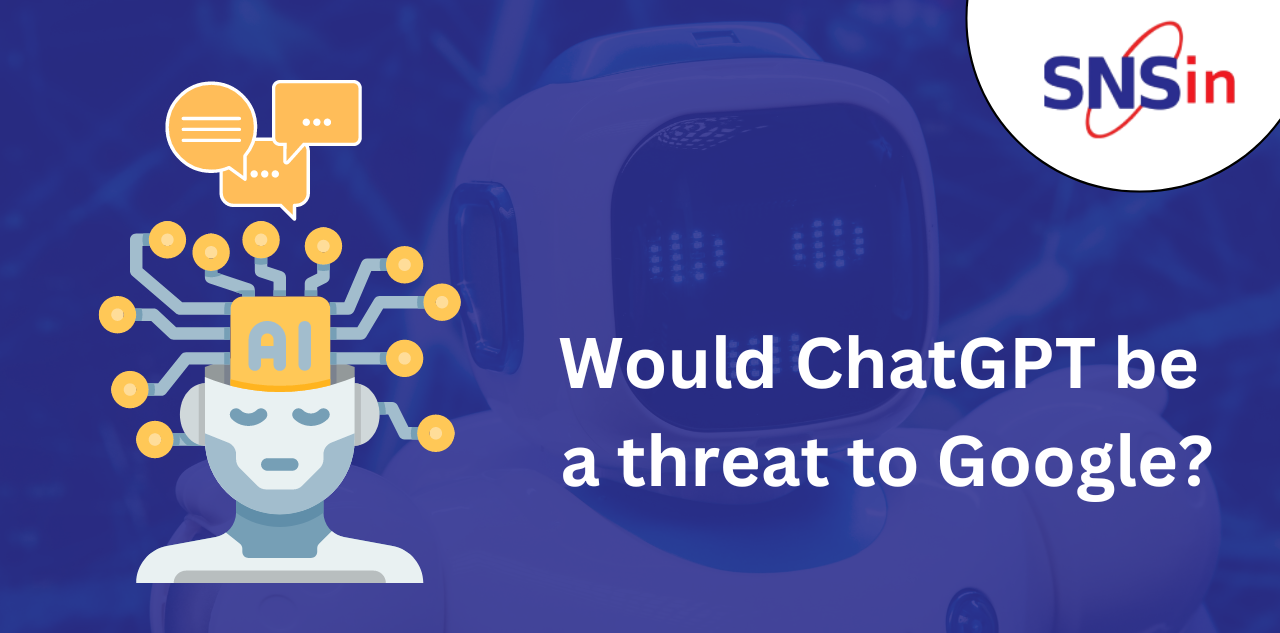Internet of Things (IoT), however, we are no longer in control – the devices are connecting themselves. They are the machines, and we are becoming the web, an environment for those machines to operate in. This article will be about how India is preparing for the upcoming IoT revolution. We would start with a general introduction to the IoT and what it means for India. Then we would discuss where India is and how we should prepare for this revolution. Let’s begin.
What is IoT?
IoT stands for Internet of Things; essentially, it’s connecting devices to each other, to networks, or even just to one another. It basically connects any device to the internet so that it can transmit data and access data. At its core, the IoT is about data exchange. Its advantages are numerous: devices can be remotely monitored, configured, and even reprogrammed (see Industrial IoT – Industry 4.0). This also enables machine-to-machine communication, which can further drive automation. In the near future, everything will be connected to the internet: your car, your home appliances, your house security system, etc. At this point, in the mid-term future, the internet is essentially made up of billions of connected devices.Why is IoT important for India?
The IoT presents a huge opportunity for India. It already is. IT-companies like Cisco and IBM are stating that by 2023, connected house applications will account for nearly half of all IoT applications, or 48%, while connected car apps will expand at a 30% compound annual growth rate over the projected period (2018–2023). As such, there are numerous companies which are betting their futures on the IoT: Bosch, LG, Intel, and Google, just to name a few. The IoT will enable a whole new “Industry 4.0”: the industrial revolution got its name from the fourth stage of manufacturing (after agriculture, textiles, and iron/steel). Everything is done by machines, from replacing workers with robots to real-time problem diagnosis. There might not even be a need for workers anymore – no workers, no managers, and no CEOs even ! One of the most notable benefits of the IoT is that it enables automation. Obviously, compared to humans, machines have a greater throughput in terms of work output, and they are more precise.What are the IoT-related challenges for India to tackle?
It’s easy to get excited about the IoT. India has the potential to do well in this industry, with companies like Infosys and Cognizant, Indian IT-companies that have made their names in the automation industry. The IoT is basically a data economy – it’s all about collecting and analyzing data so that we can make decisions and automate processes. To be able to do this, we need skilled people. In fact, apart from tech-companies, most of the IoT companies are based on having lots of skilled workers. There’s also the fact that we may need to educate & train our people. Furthermore, there is the issue of access and availability of networks. As most IoT devices are connected to each other through the internet, it is obviously problematic if you have a low-speed connection or if you don’t even have internet access. In addition, think of all the devices that will be connected to the IoT: they will need secure access to the internet. Globally, the average mobile network connection speed in 2018 was 13.2 Mbps. The average speed will be more than triple and will be 43.9 Mbps by 2023. Speed may increase, same time we need large geographical coverage. But security and threat of cyber-attack would be a major challenge.Where do we stand for IoT today?
The Indian government has started acting to prepare for the IoT wave. There is a strong effort by government to promote innovation in India, and there’s a lot of focus on promoting research and development. Recent initiatives include:- Union Budget 2015, which announced support for IoT
- Aadhar program, where 1.1 billion Indian people got a unique identification number and were connected to the IoT
- Setting up Center of Excellence for IoT in Bangalore and Andhra Pradesh
- Smart Cities Project of India, which aims at developing new cities in India
How can India take advantage of the IoT wave?
India has a lot to offer when it comes to the IoT. We have a large population of skilled people in IT, we’re one of the few countries without a central education system, and we have excellent connections with other countries, both our regional neighbors and global allies. There are a huge number of resources and some industries that could profit from these technologies.Infrastructure
IoT infrastructure development needs the creation of more IoT-related facilities. We need to create more offices that can help startups and already-existing companies with their IoT implementations and help them in the development of this technology. The government should also focus on creating a facility that can house all the IoT projects in different areas (manufacturing, healthcare, energy & utilities, and financial services) so that these industries can start using them. We also need to make sure our power grid can handle the enormous energy needs of many of our country’s cities, which are expanding and becoming more electrified.Policies
The government should actively start considering these kinds of technologies at a policy level: they should set goals and targets, and they should incentivize use of these technologies by creating specific programs, such as a tax incentive for IoT. It should also promote research and development in IoT-related technology through special programs & incentives.Develop skills
There are many opportunities for India to take advantage of the IoT wave. We have a large population and a low per capita income, which makes us one of the few countries where we can still survive and develop. We also have a very large number of skilled people and excellent connections with other countries. We can take advantage of the IoT wave by providing our unique experience in using IT to develop new technologies.Conclusion
The IoT wave is huge and it’s going to hit us soon. We need to act now to not only be ready, but to be a leader in this field. It’s going to be challenging with the issues we have today: our public utilities are outdated, there’s no access to proper internet coverage, our education system doesn’t produce enough skilled students, and our businesses don’t have the advanced technology needed for this industry. The IoT aims to connect everything to everything. It aims to connect all devices with data. The importance of the IoT for India is that it can be a great revenue earner for our country. It will also help us build a robust technology infrastructure in our country. It could also help us build awareness about this technology among our people: we will be able to see how this technology can change the world, and we will also see ourselves being part of it. About SNS Secure Network Solutions India (SNS) provides a quantifiable, risk-based approach to build cyber security based on globally recognized frameworks and standards. We have been protecting business for the last 20 years! Write to us at [email protected] ![]()




